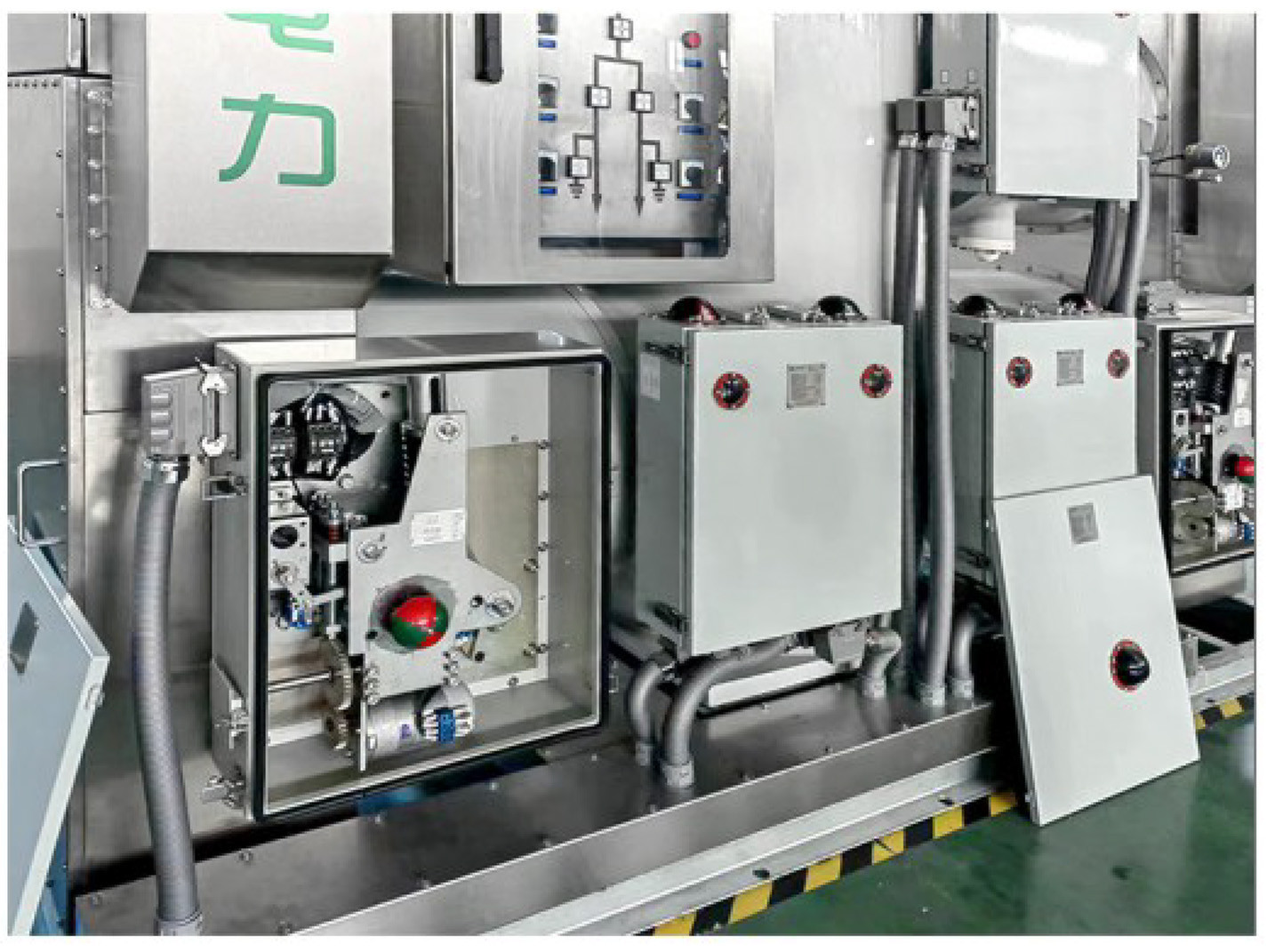HYT31 electric spring operating mechanism can be used for breaking and closing of fast grounding switches with voltage levels of 126kV and below. This mechanism uses the principle of spring symmetry and centering, and through the forward and reverse rotation function of the motor, the mechanism can compress the spring to achieve rapid opening and closing. The mechanism has two operation functions at the same time: manual and electric. The volume of the mechanism is flat, which is very conducive to the overall layout of GIS. It can realize the operation mode of fast closing and slow division.
Output angle of this mechanism: 62°± 2°
2. The spring output closing (opening) gate power is 169~244J.
3. The combined time of the institution ≤6s
4. Technical parameters of energy storage motor
|
Model |
HDZ-22403C-3 type |
|
Rated operating voltage |
≈220V |
|
Rated output power of the motor |
240W |
|
Normal operating voltage range |
85%-110% |
5. Use CSK type magnetic blow switch. The current that can be continuously passed through the contact is 10A at AC220V and 3A at DC220V.
6. Use the F10 type auxiliary switch. Normally, it is 10 open and 10 closed, and it can reach up to 16 open and 16 closed. The continuous current that can be passed through the contact is 10A at AC220V and 5A at DC220V.
7. The secondary connector is an imported industrial connector, and the protection level of the outdoor mechanism can reach 1P68 level, and a mechanism can be conventionally equipped with a 46-core industrial connector, or two or three industrial connectors. There are 24-pin, 32-pin, 46-pin and other models of secondary industrial connectors.









